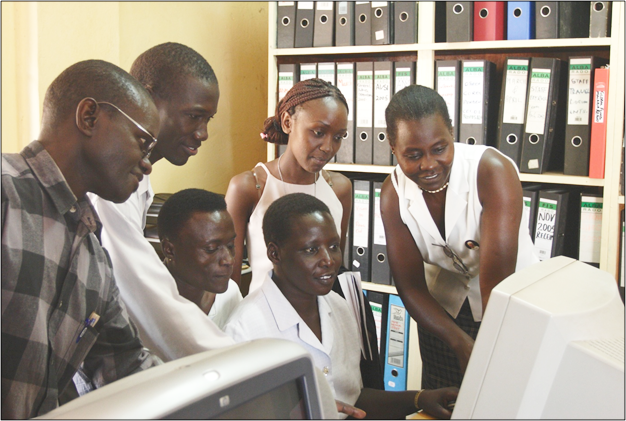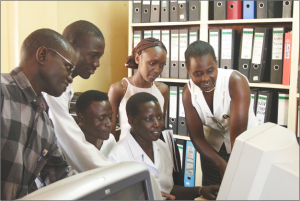Blended Learning: the Learners, the Content and the Process
So, you’ve decided on a blended learning approach to support professionals working in developing countries. What are the most important factors to keep in mind when you are designing the knowledge or skill acquisition? In previous discussions, I’ve stressed the importance of considering the full performance environment and not just the capabilities of the individual. Here are some questions that are especially important for intervention design when skill and knowledge are your targets:
The Learners
- What has been the primary approach take to educate these individuals in the past? Are they used to, or expecting professional training to mirror the type of pedagogy they experienced in primary or secondary education?
- Do the learners have sufficient base knowledge in the subject area to incorporate new learning into existing frameworks? Or is a review of basic knowledge required to illustrate such integration?
- Do the learners have a firm professional identify and maturity that will drive them to work independently to improve their practice? Or do additional motivations or incentives need to be addressed?
The Content
- Has the intended content been adapted for blended learning use? Or are lecture notes or slides simply being forwarded for independent review?
- Have you considered which instructional objectives are appropriate for individual pursuit verses those that are better accomplished in interactive settings? For example, are there social, interpersonal, or interactive skills that need to be developed? (see Romiszouski, 1981 for a good discussion on this*). If the knowledge or skill will be applied in a team setting, you may need to include interaction skills in the mix.
The Process
- What deliver options are available in the locations targeted? Keep in mind that the University of Chicago had viable correspondence courses in the 1890’s that utilized print materials through the mail. Radio was used in Iowa in the 1930s for distance learning, and in the 1950s the state of Alaska used print materials and learner kits that were in some cases flown to remote villages so learners would have the lab equipment needed to follow the instructor’s live TV broadcast at a prescribed hour (see TechTrends article). Consider all options—including those that make use of the newest technology.
- How will you evaluate learning throughout? Continuous assessment is particularly important for complex tasks that build upon one another. Giving tools to learners to help them self-assess or building in peer or instructor assessment options will ensure early successes are validated and build upon.
What other aspects have you found essential in creating impactful blended learning experiences for professionals in the field?
*Romiszowski, A. J. (1981). Plugging the gaps in present approaches to instructional design. In Designing instructional systems: decision making in course planning and curriculum design. London: Kogan Page.









Leave a Reply
Want to join the discussion?Feel free to contribute!